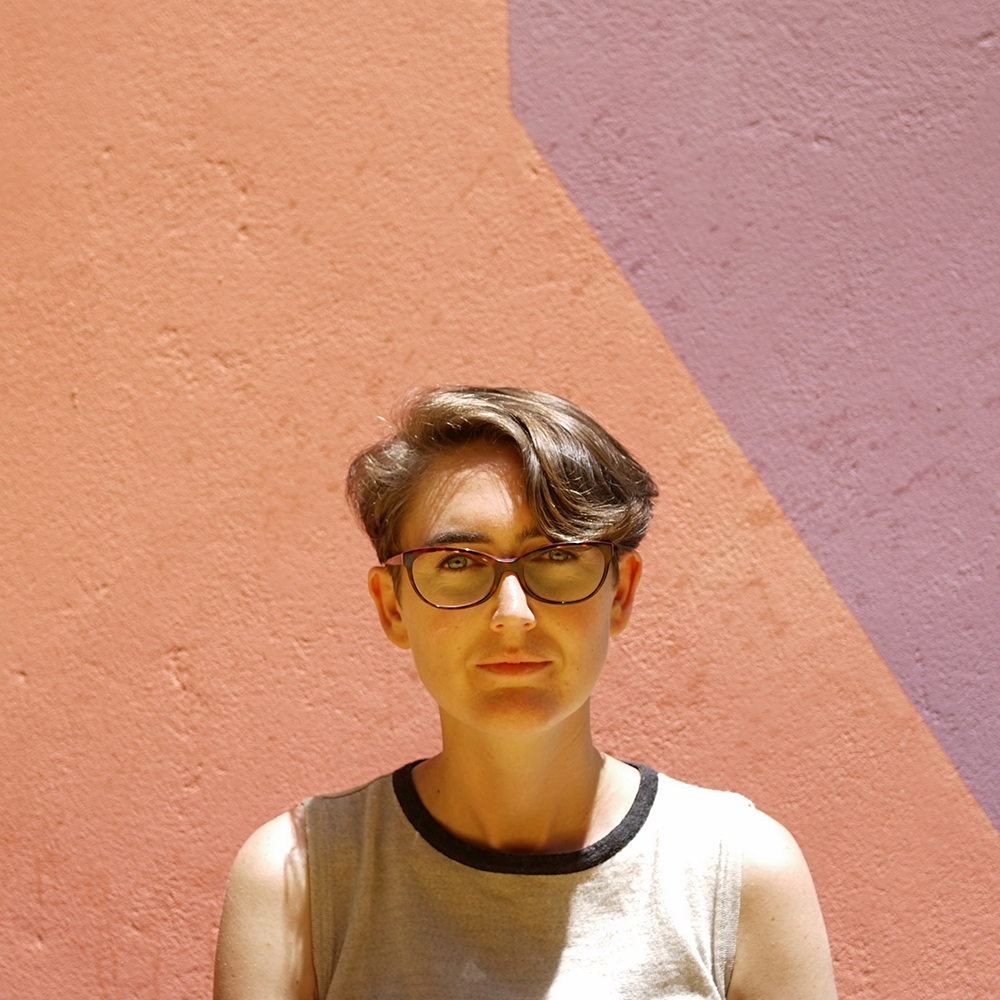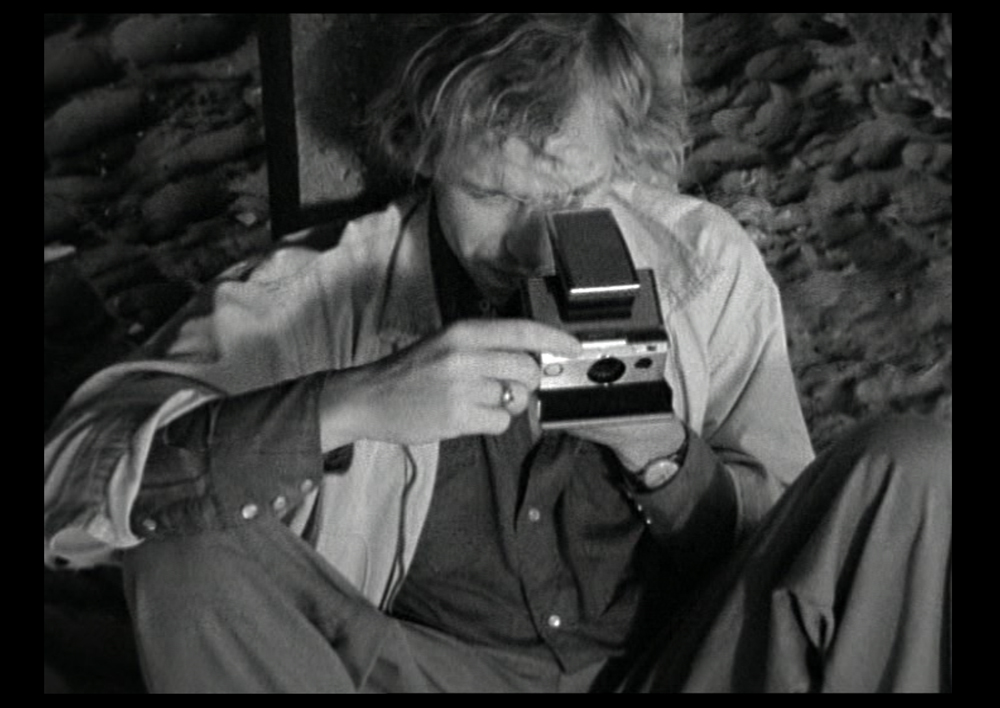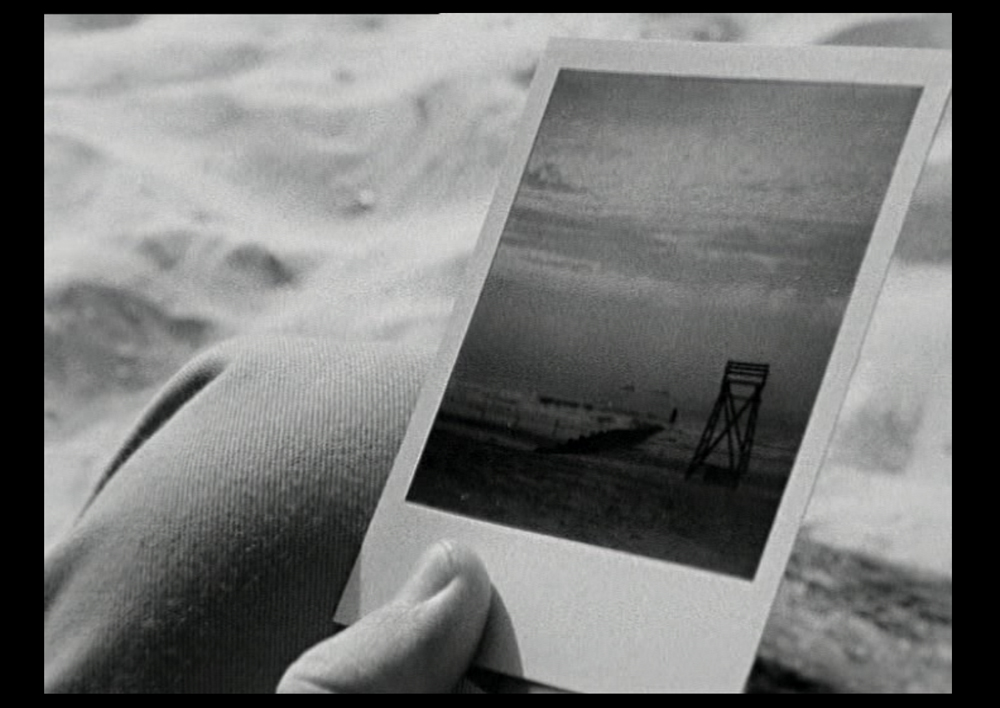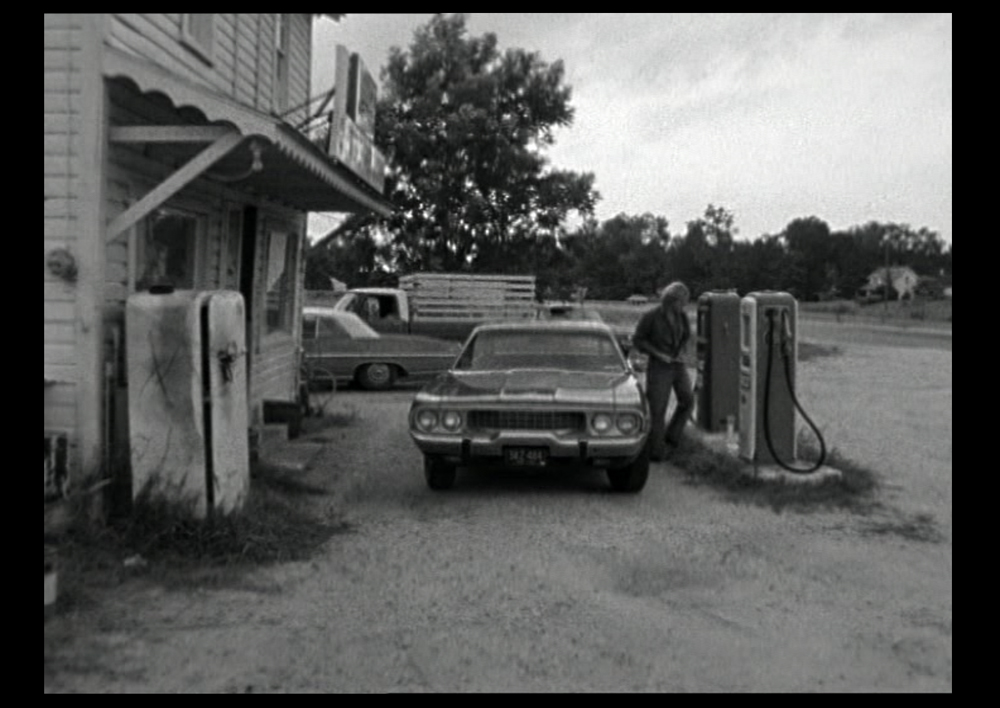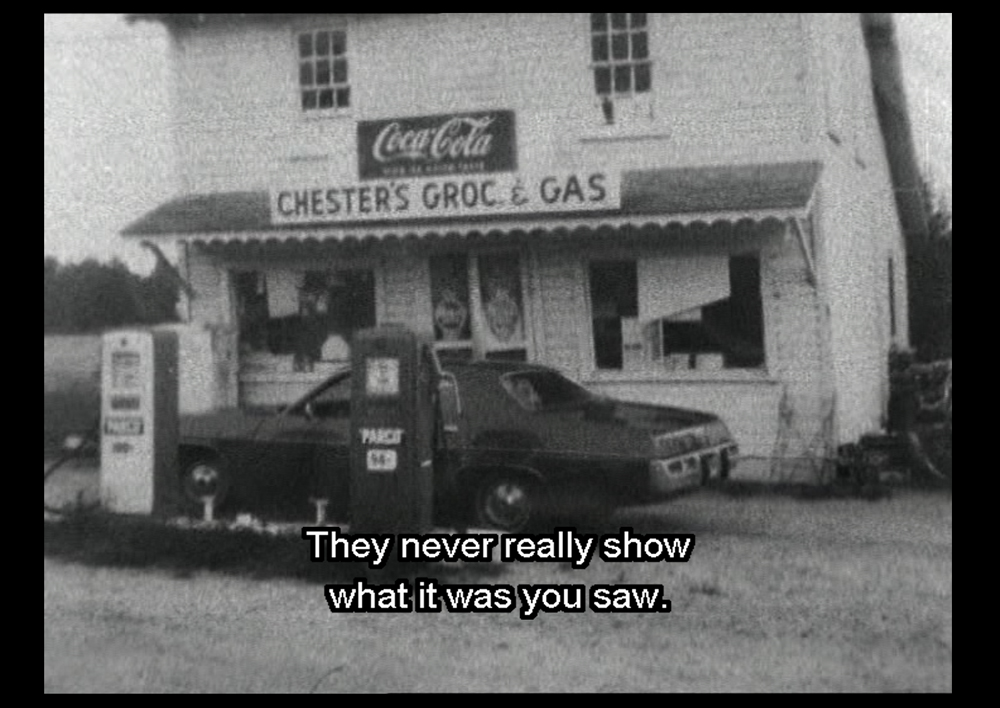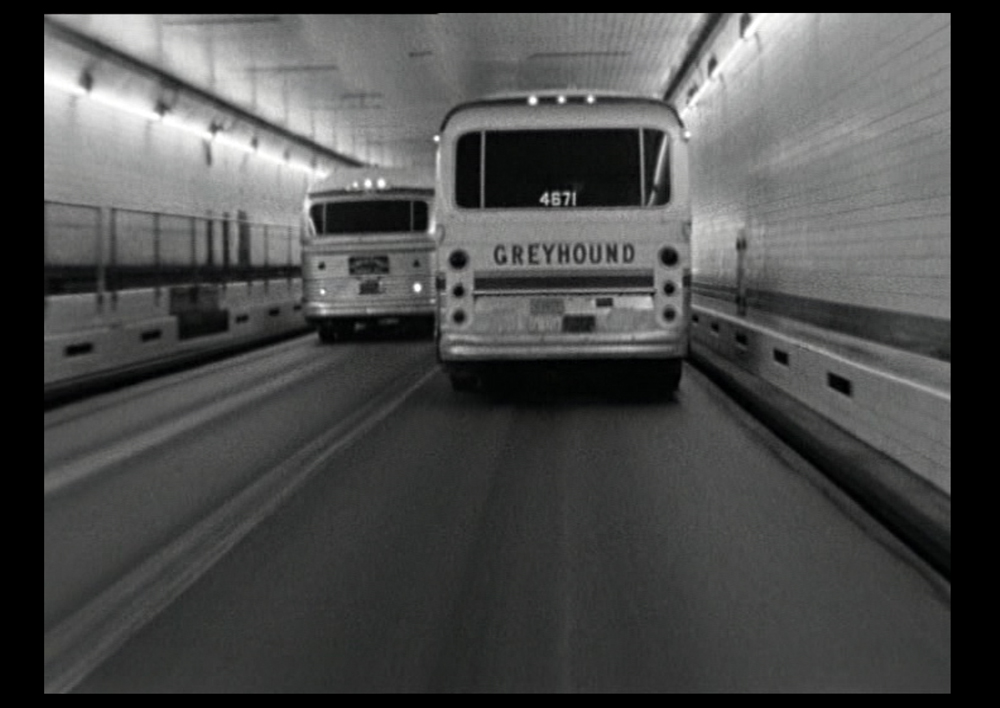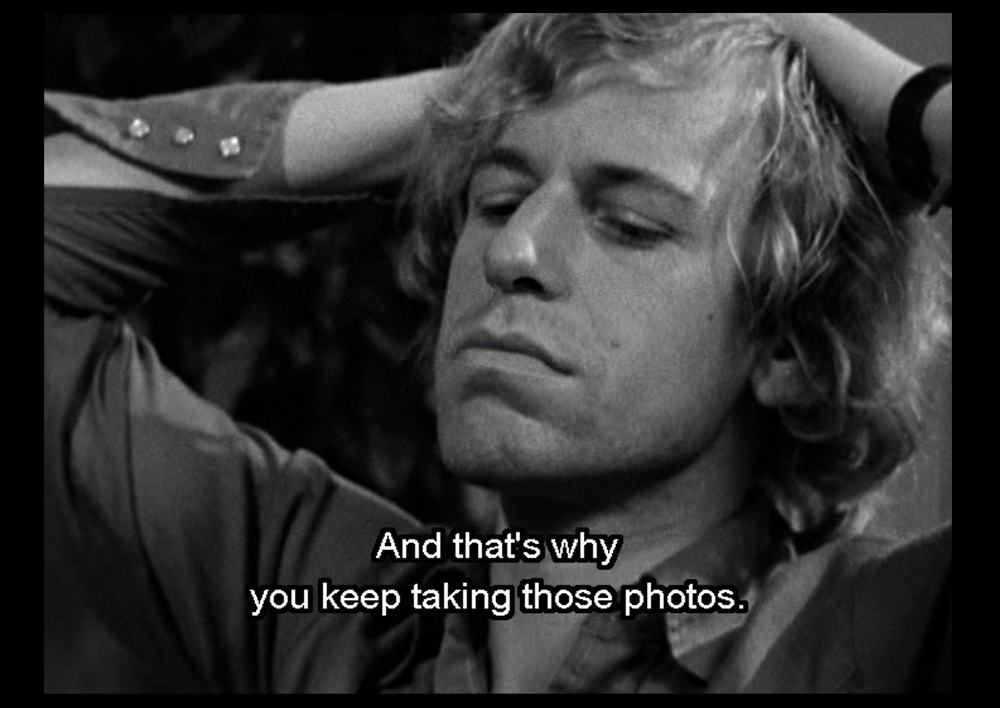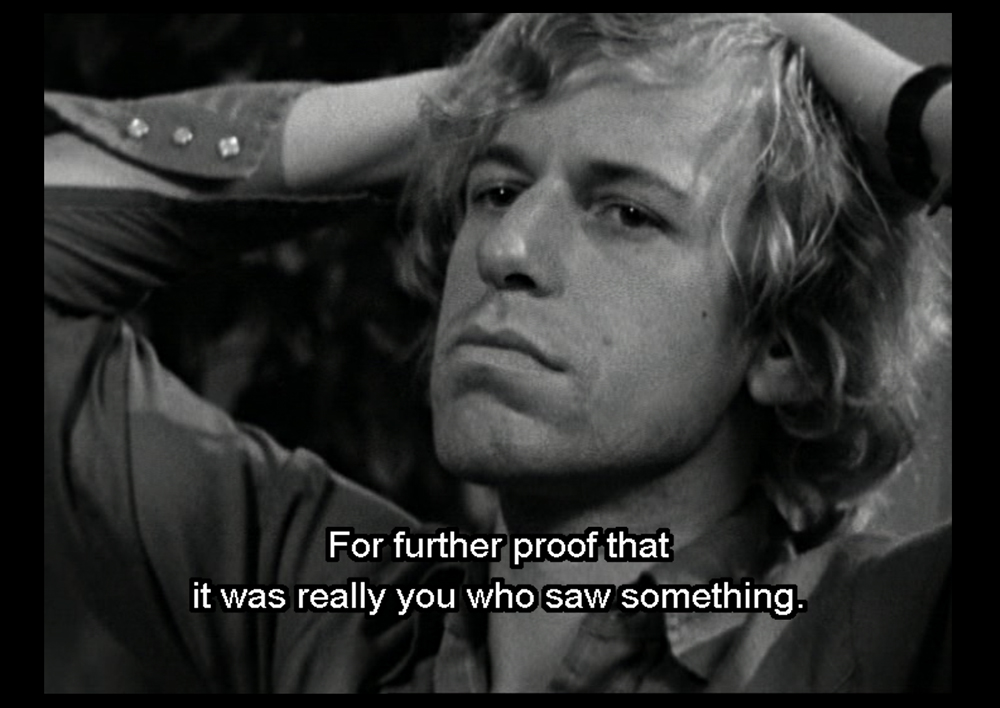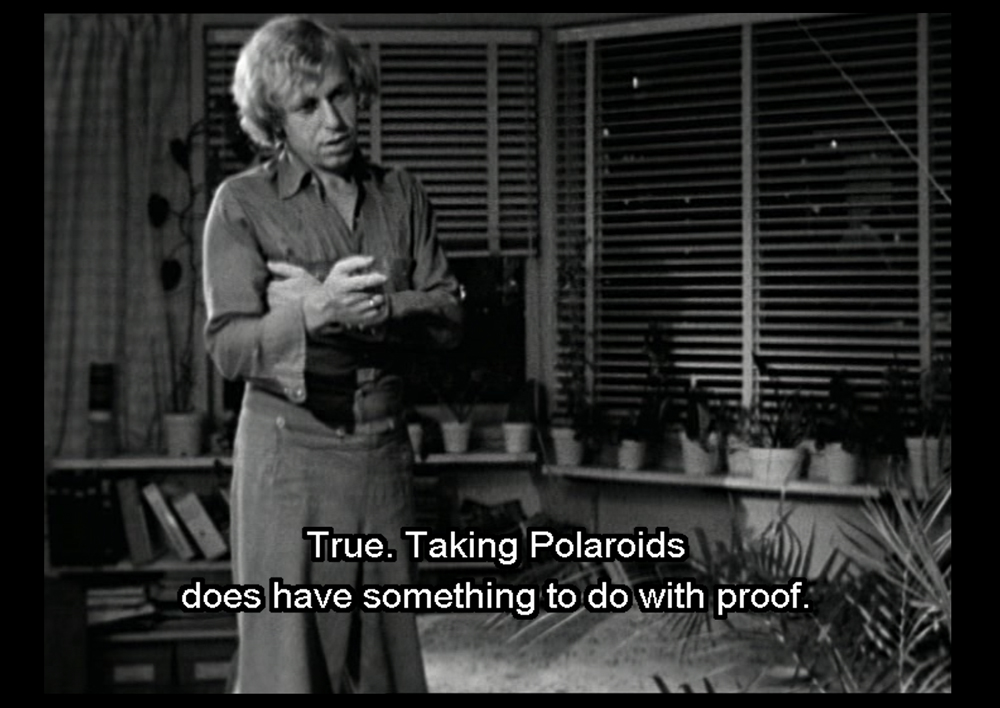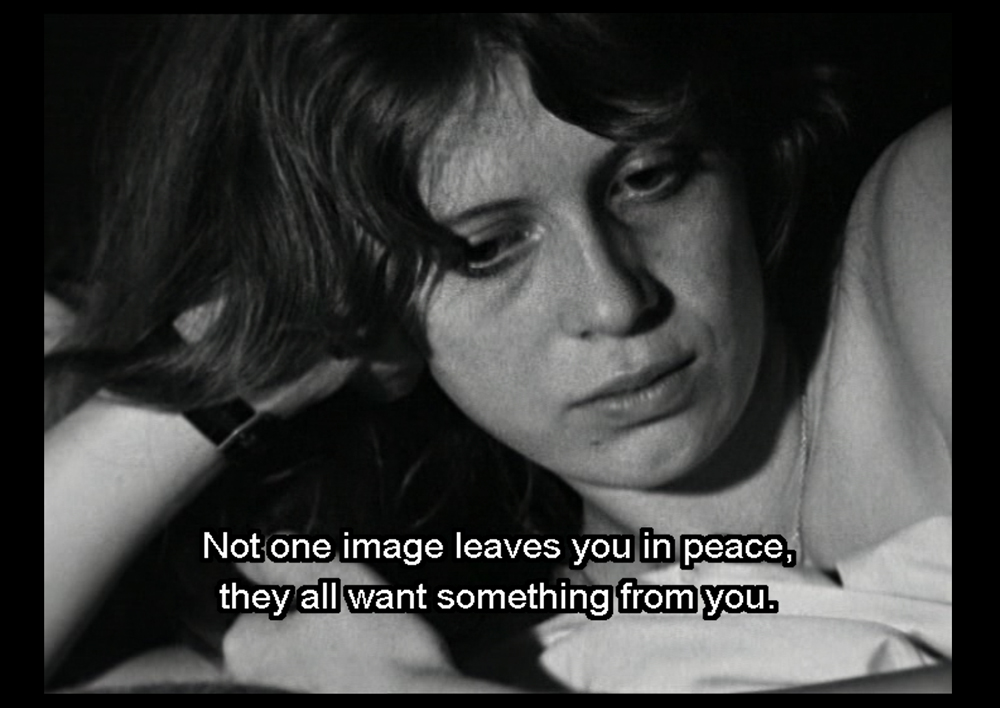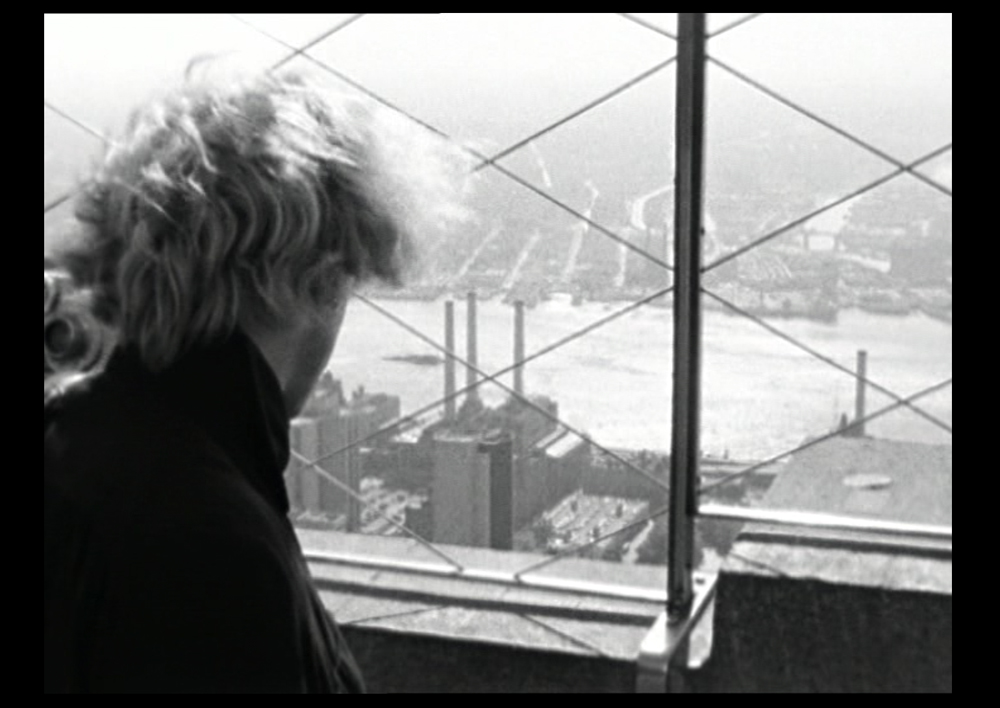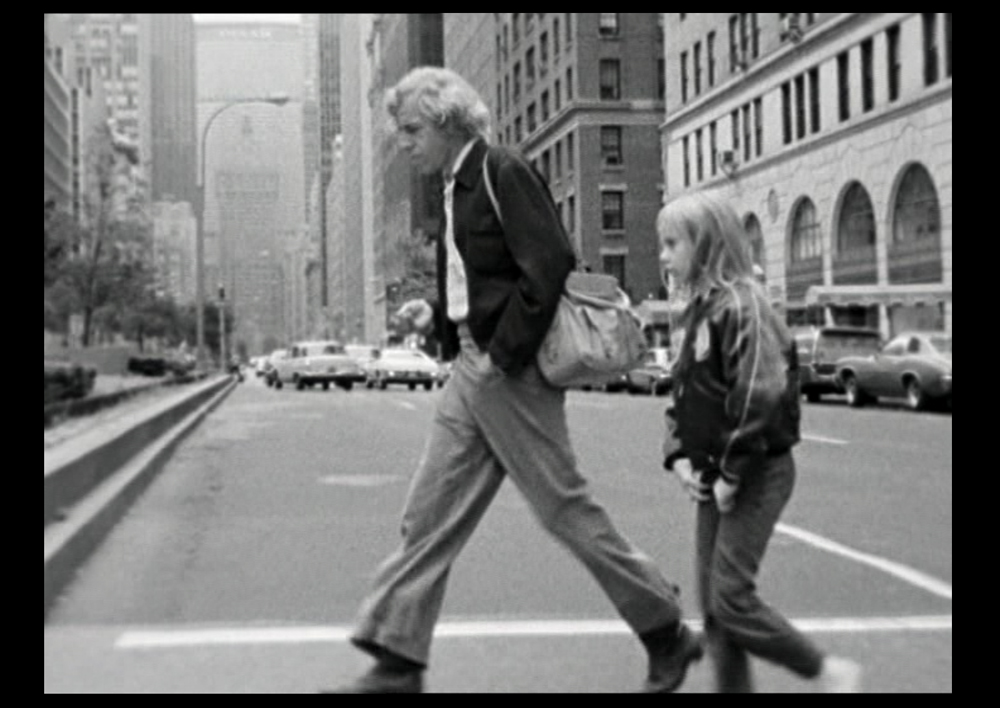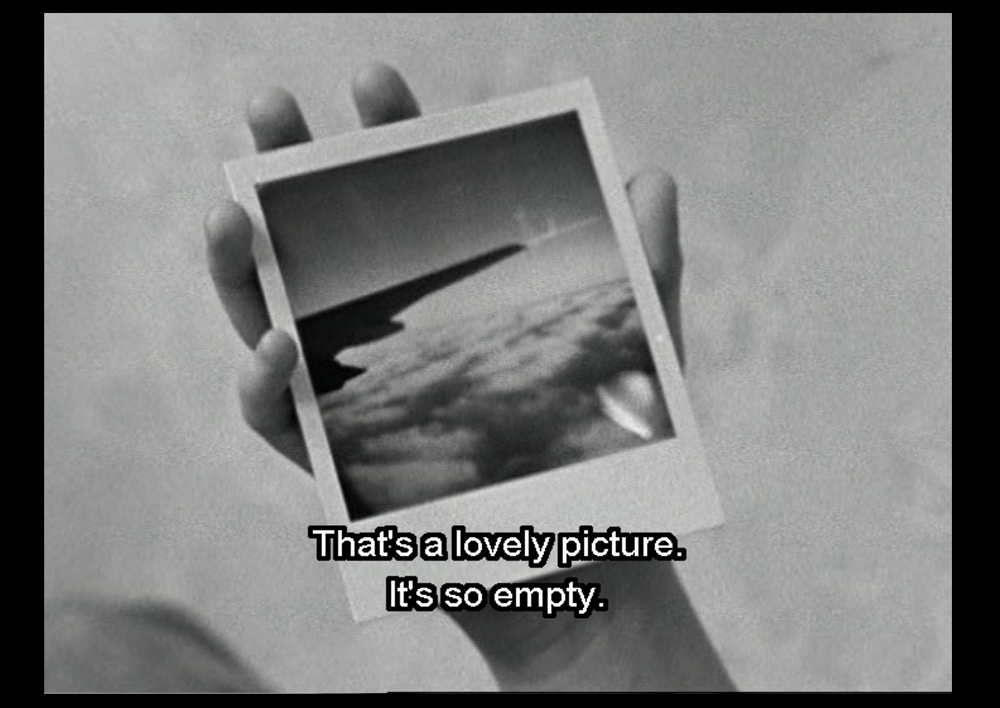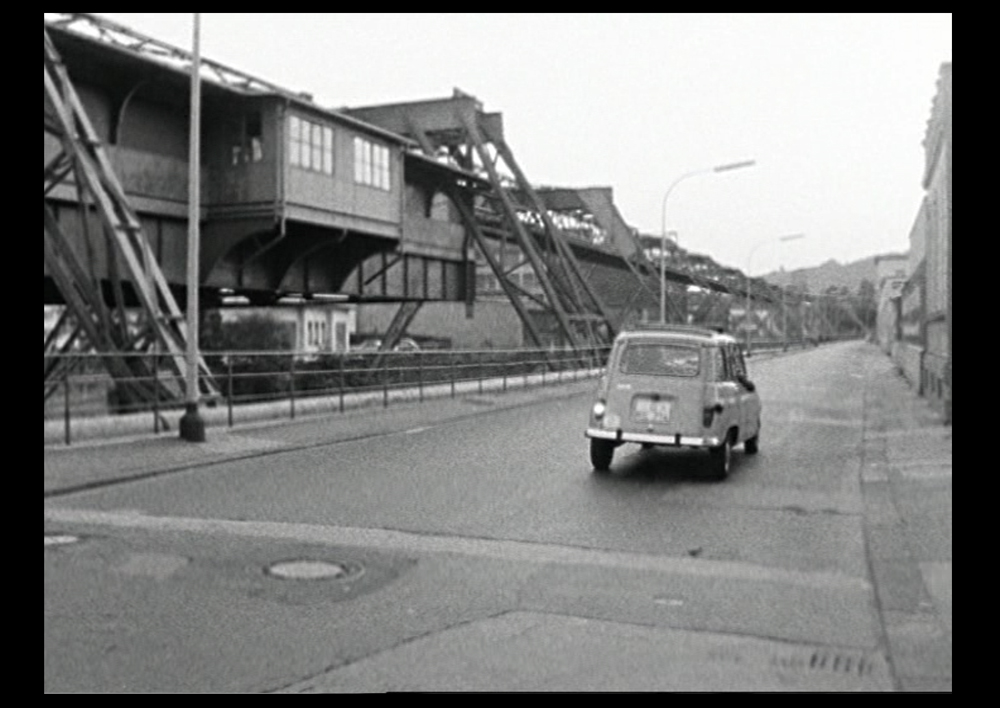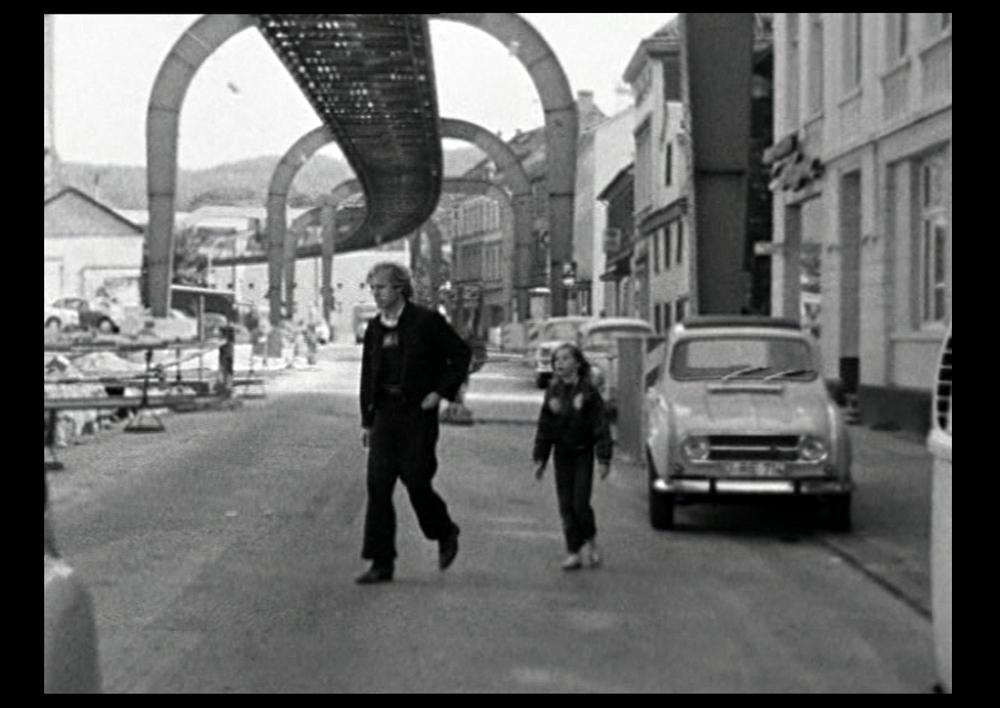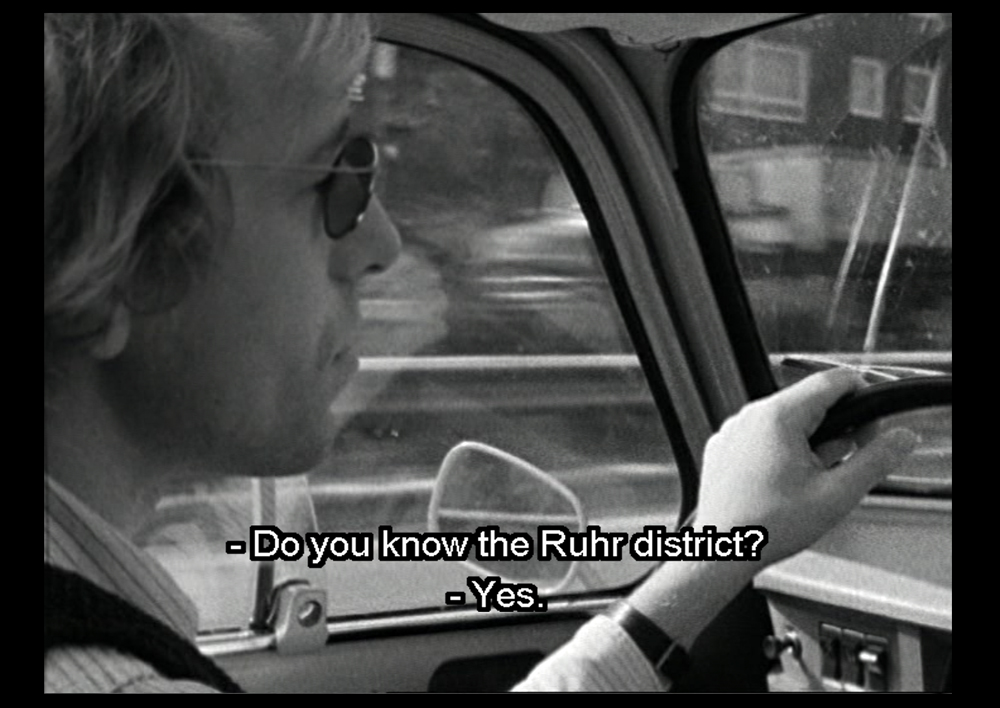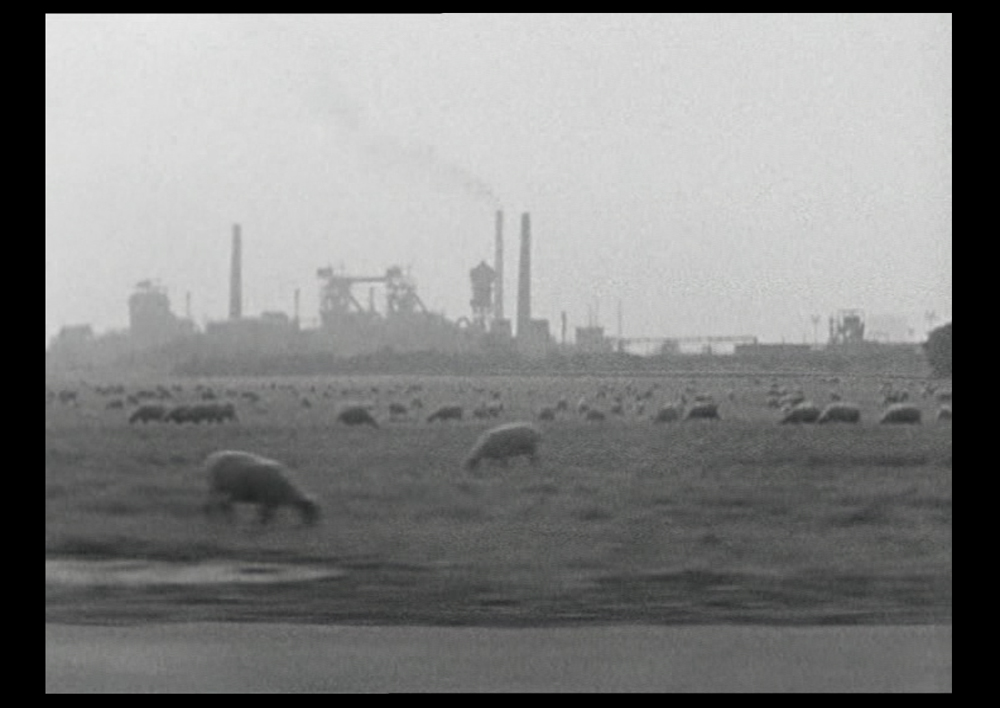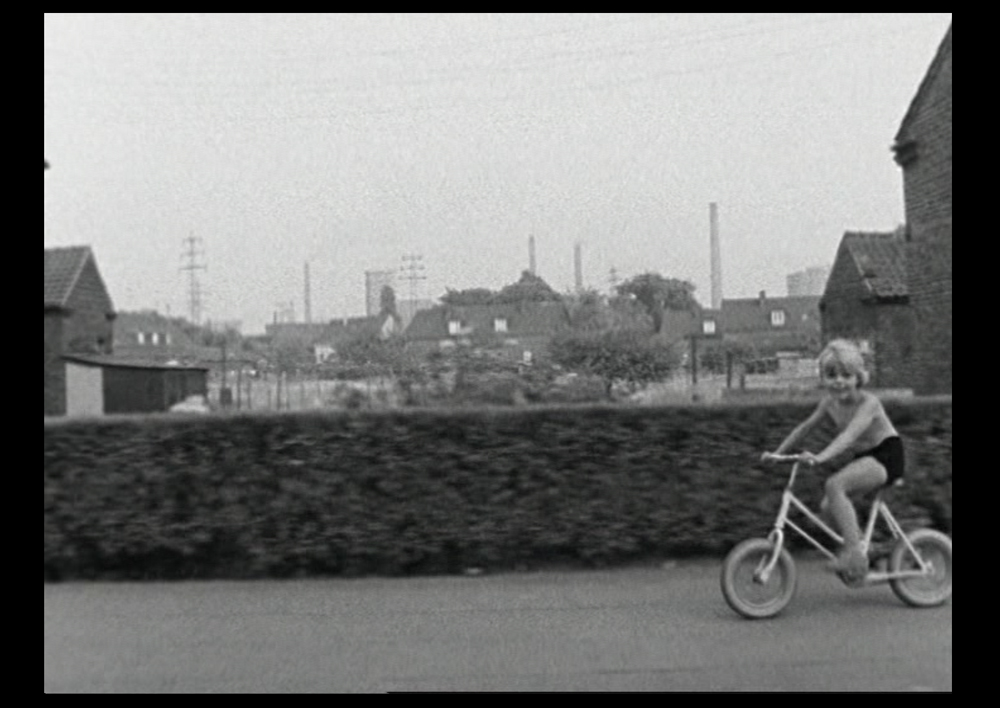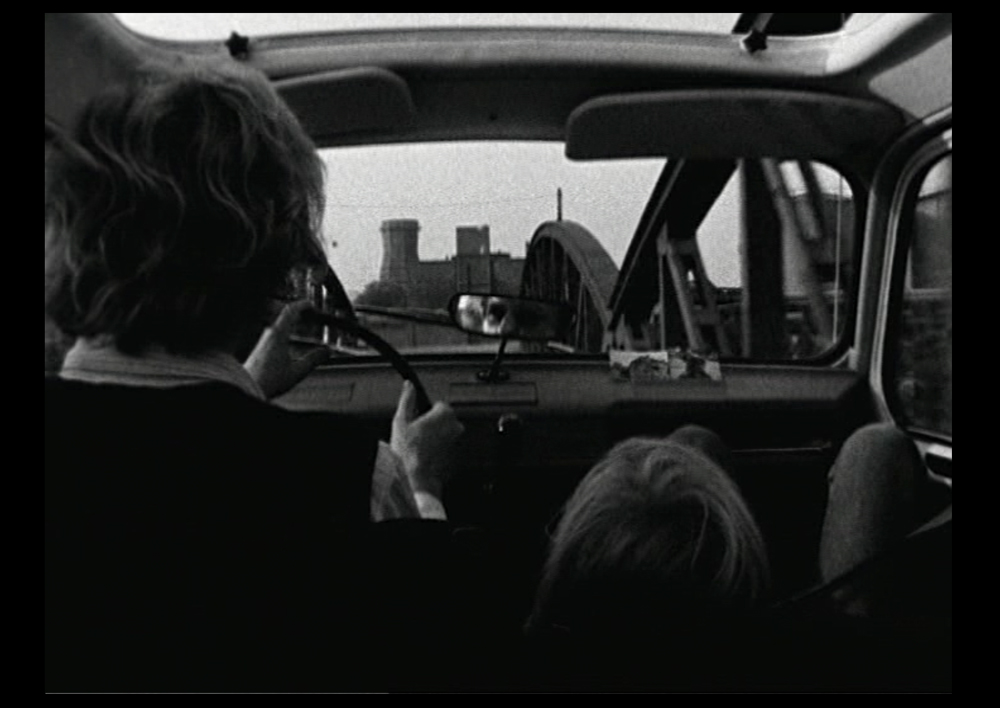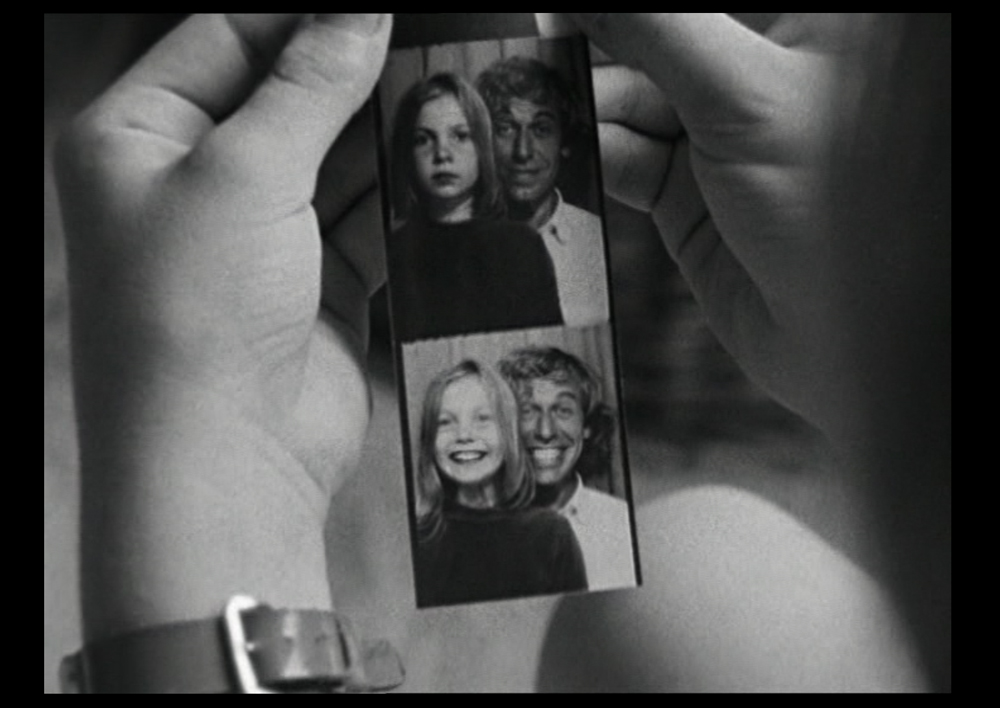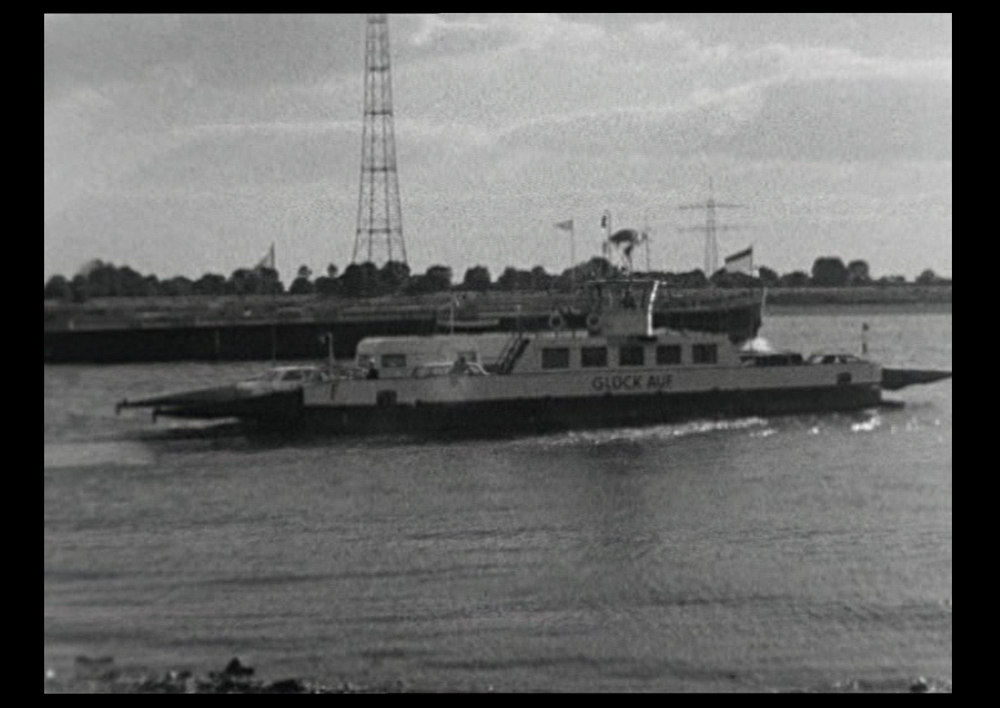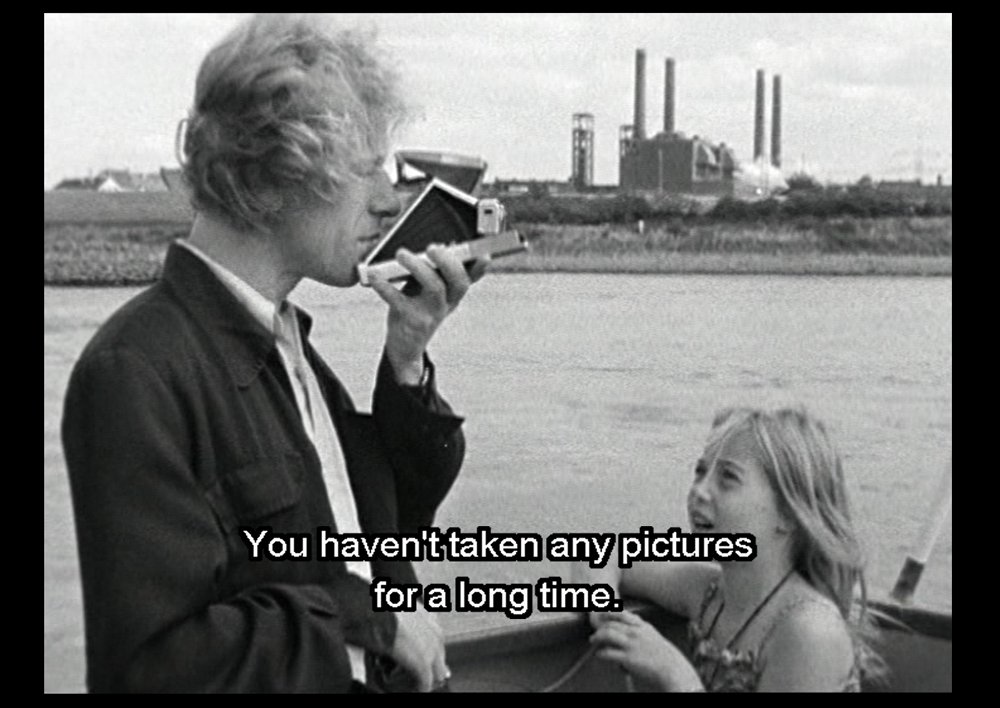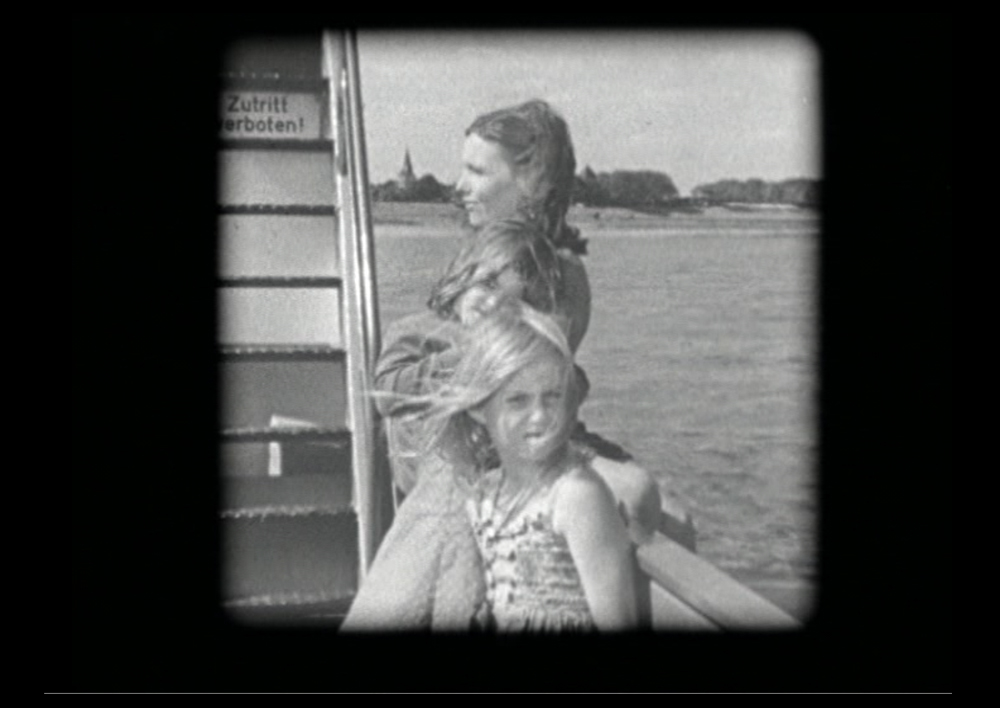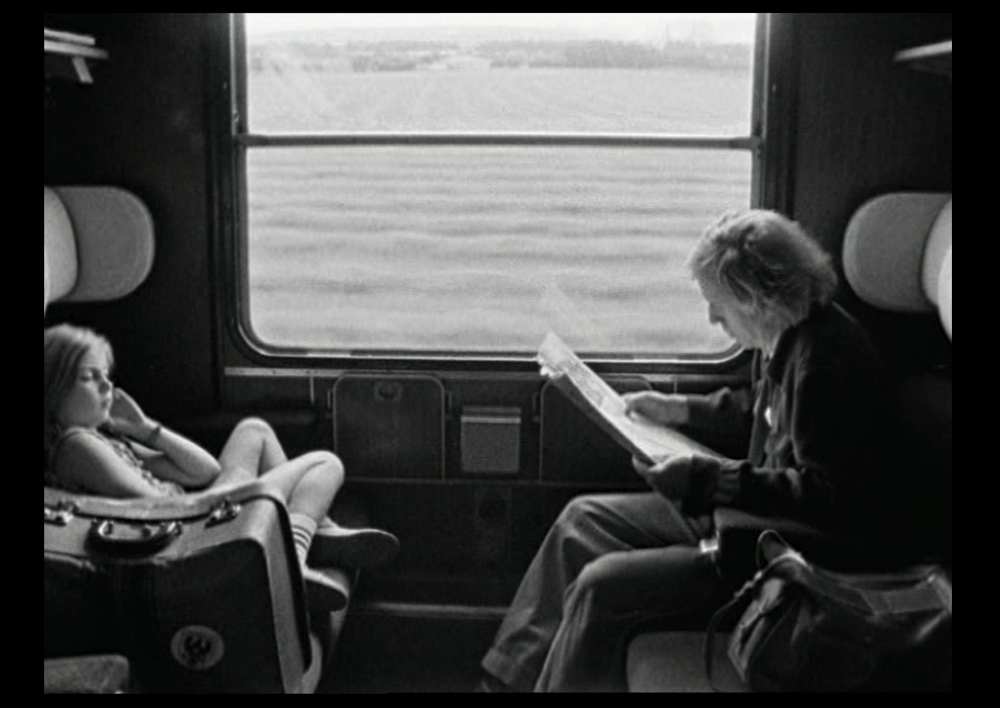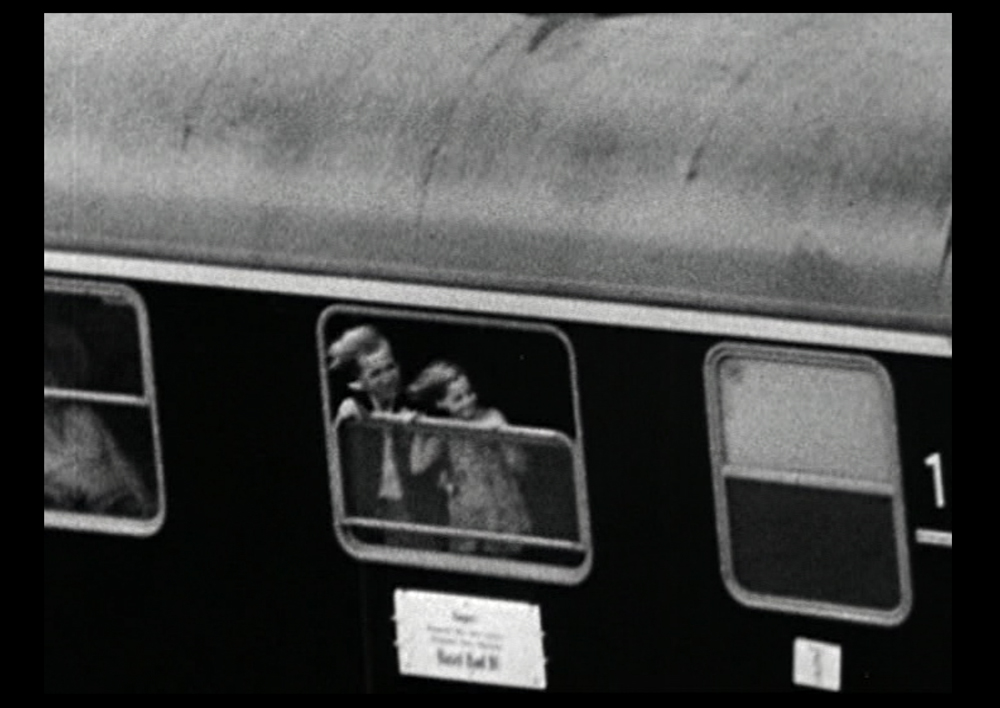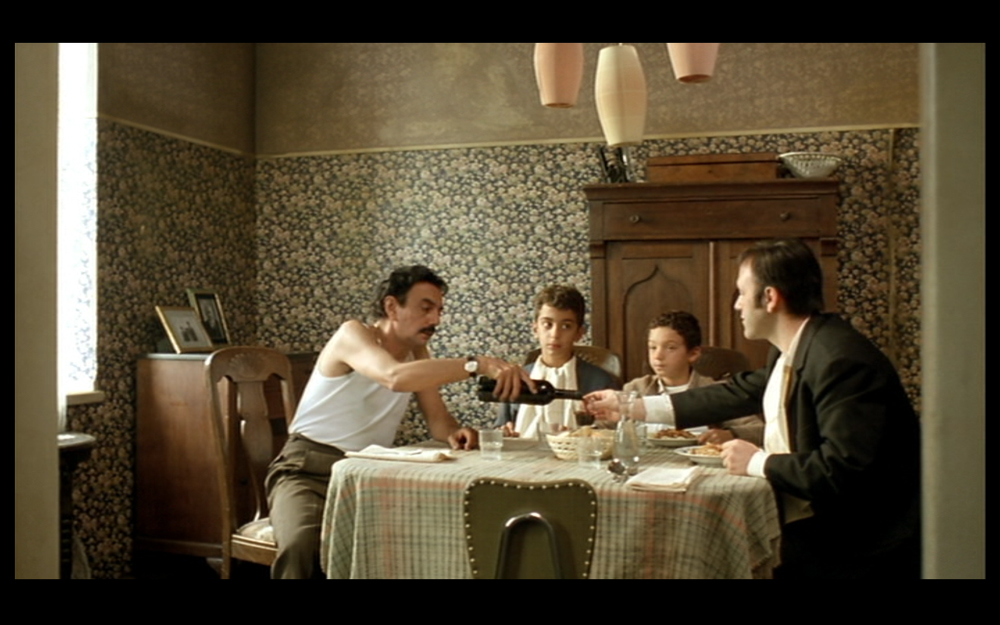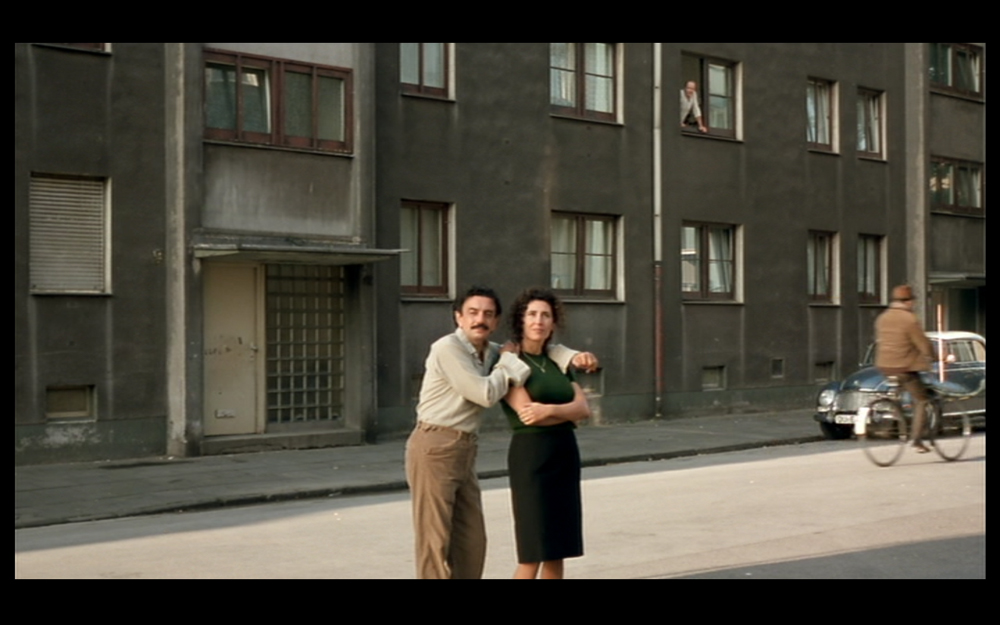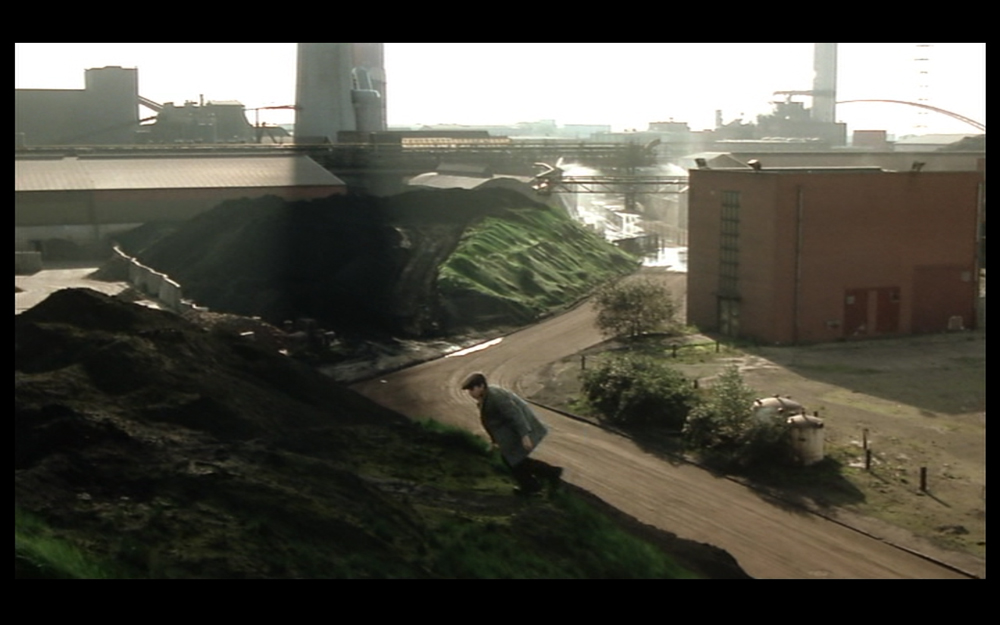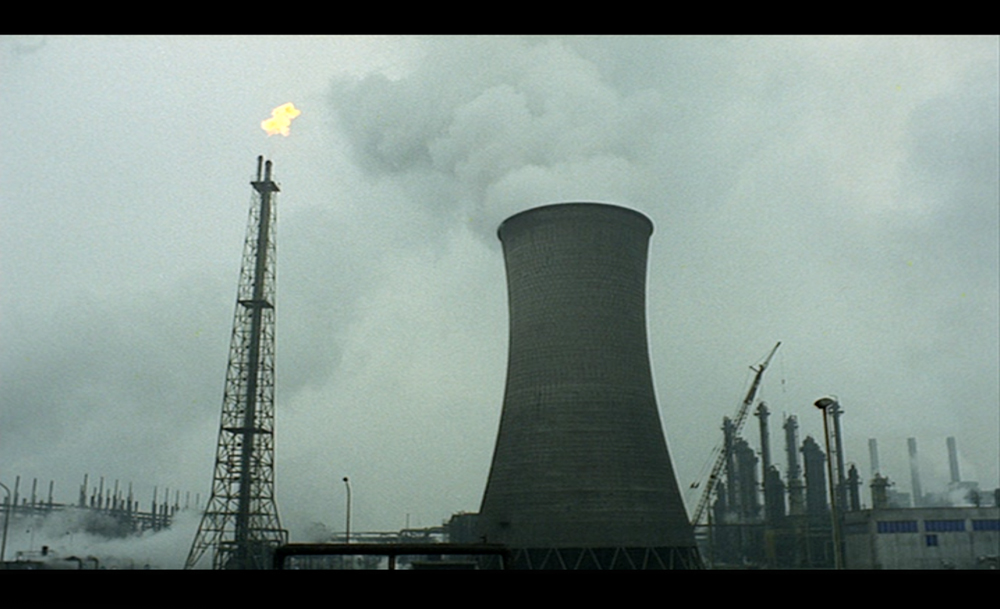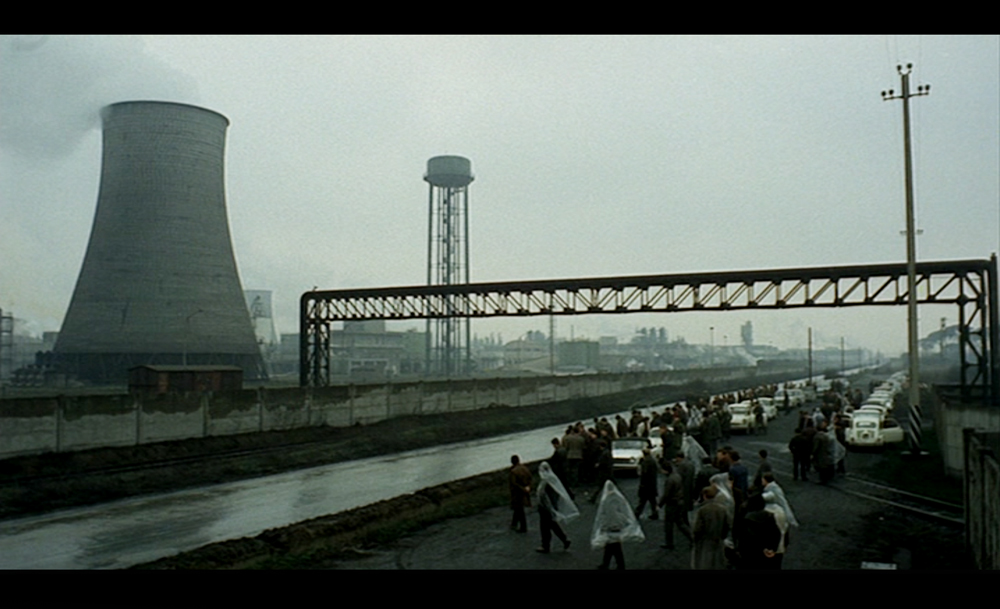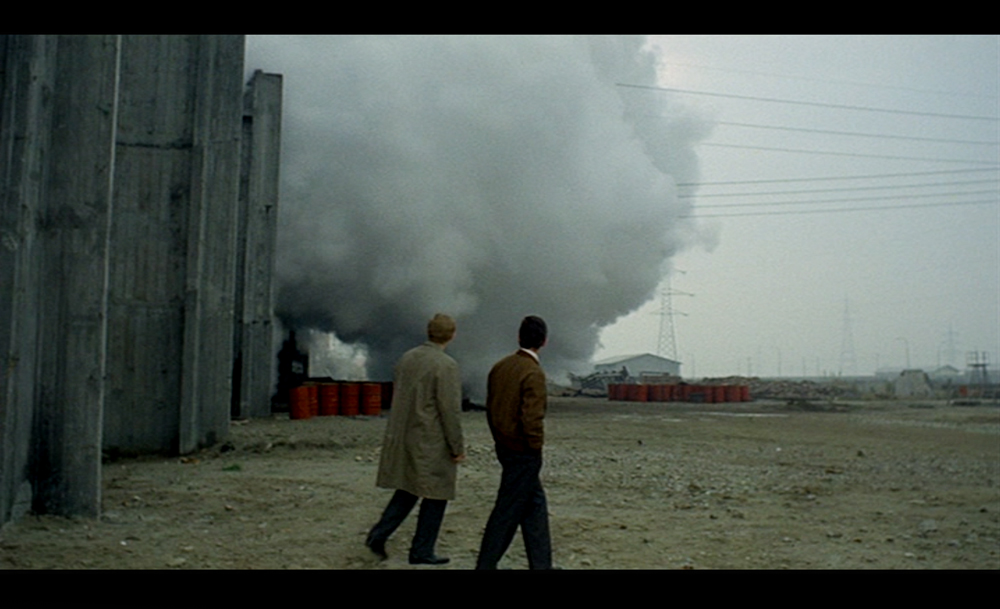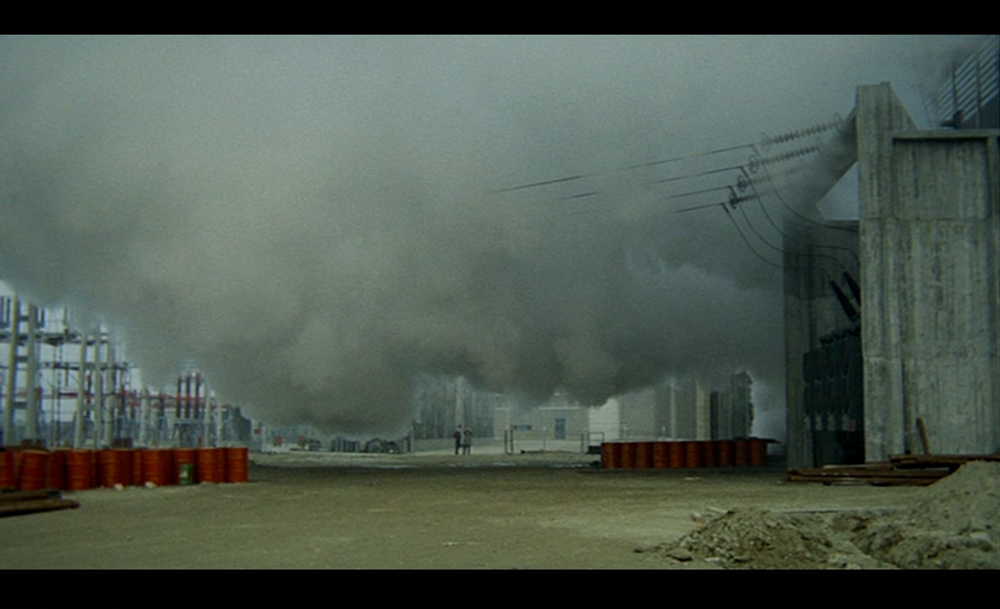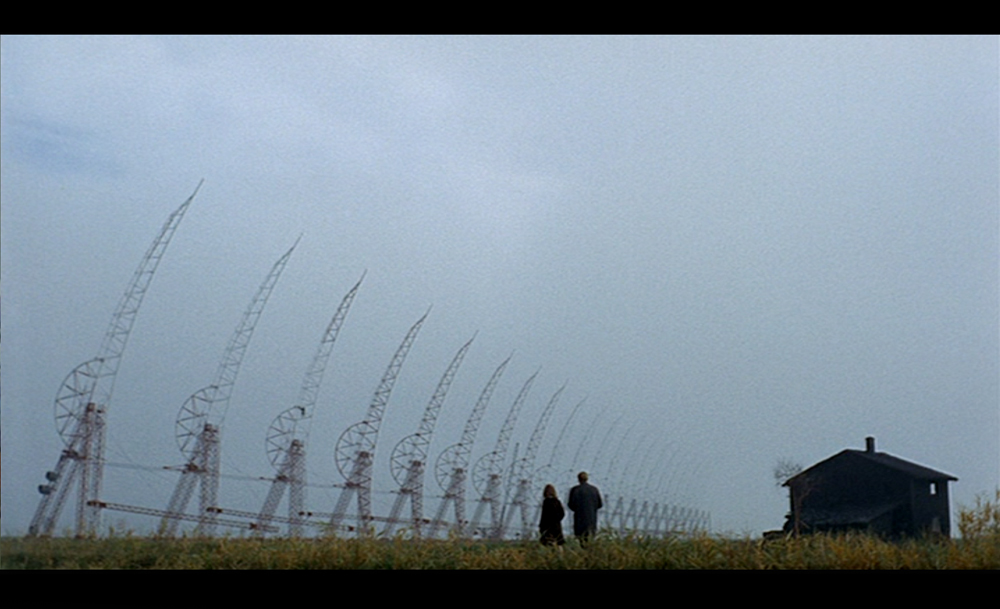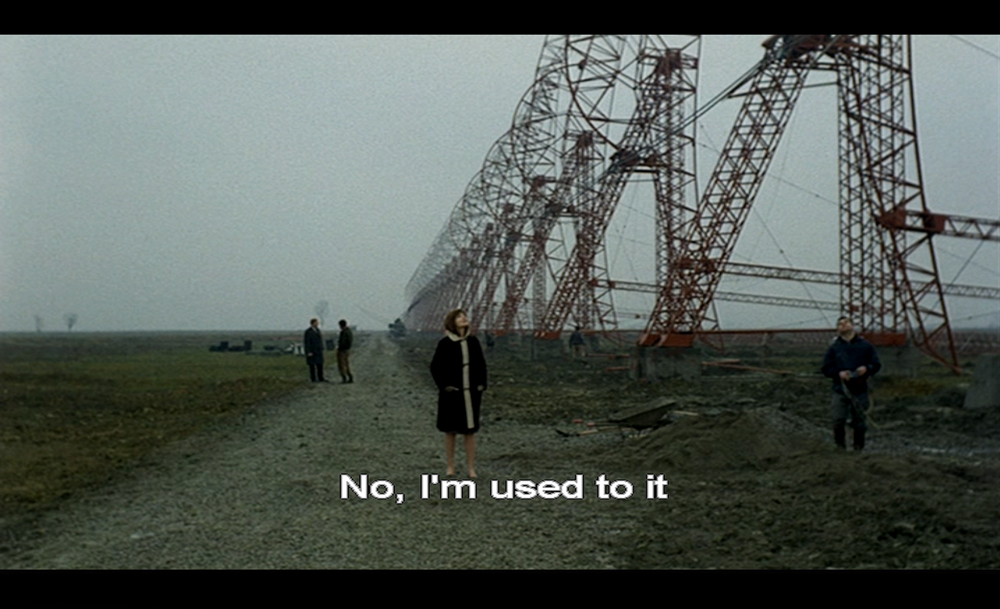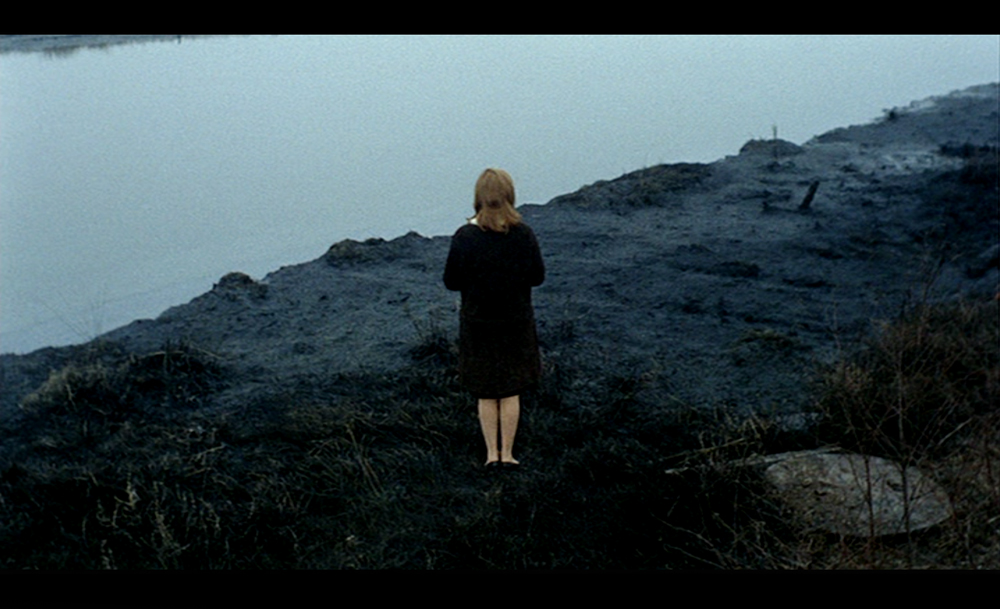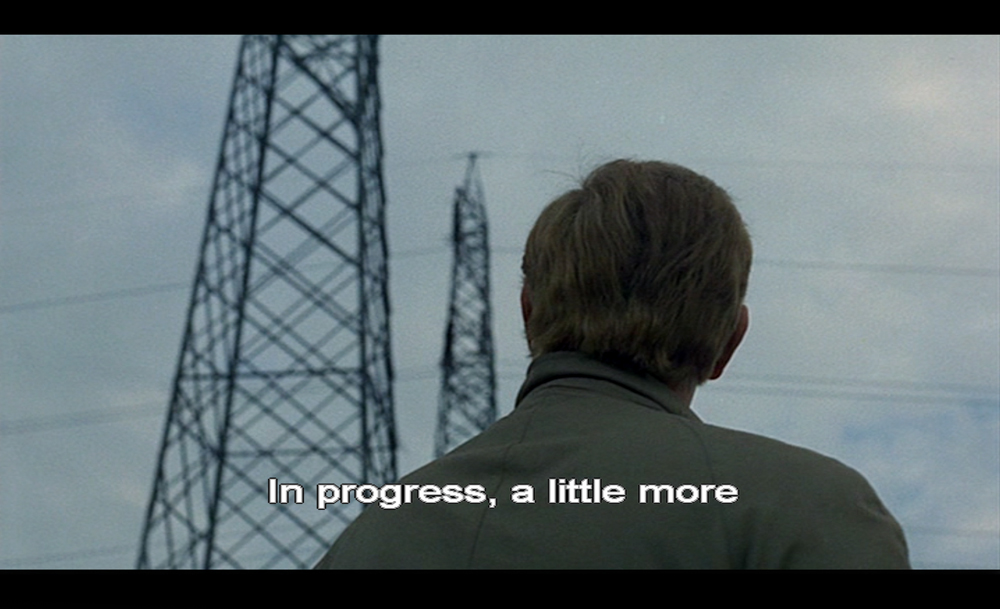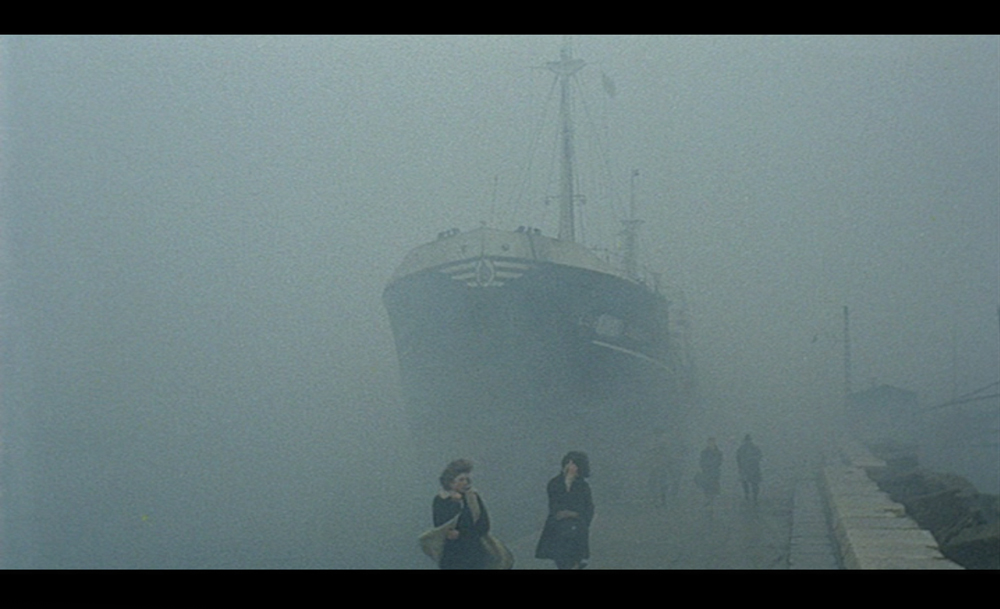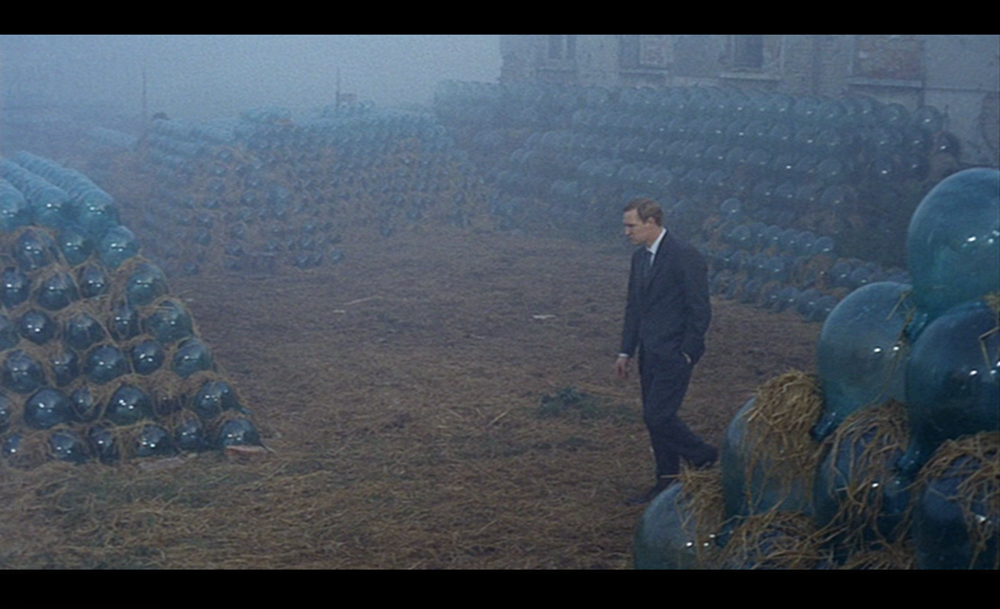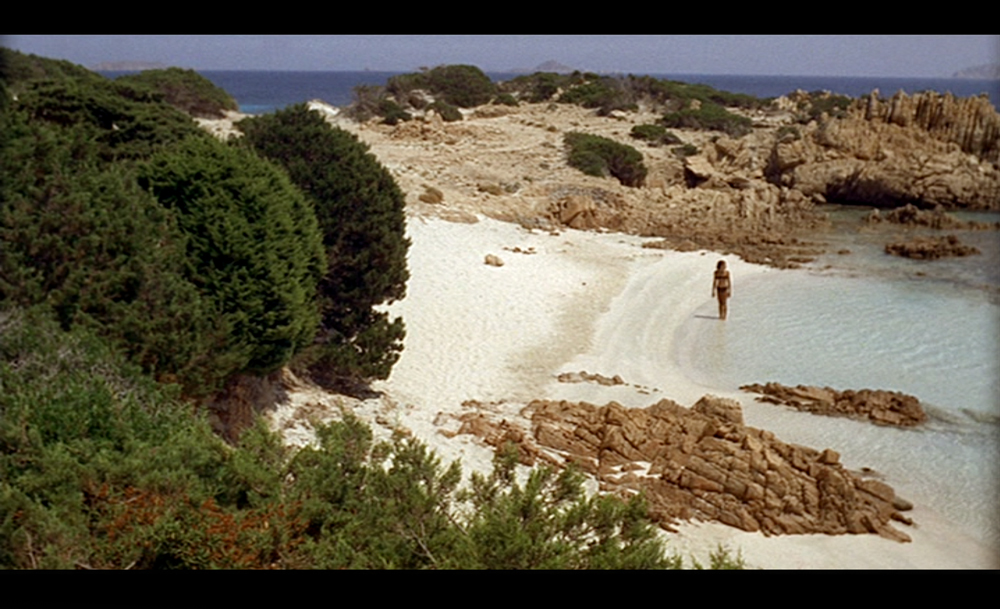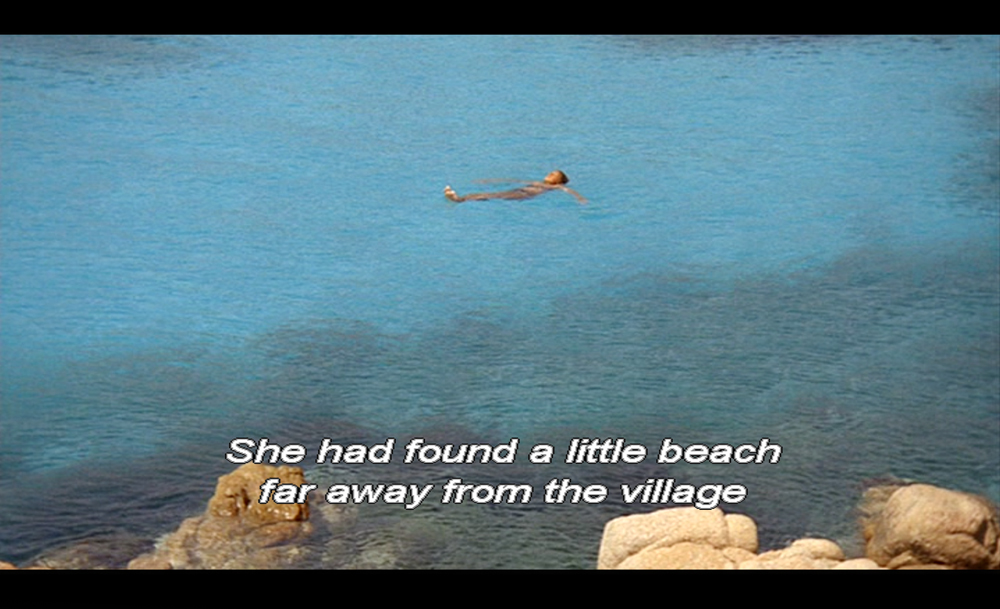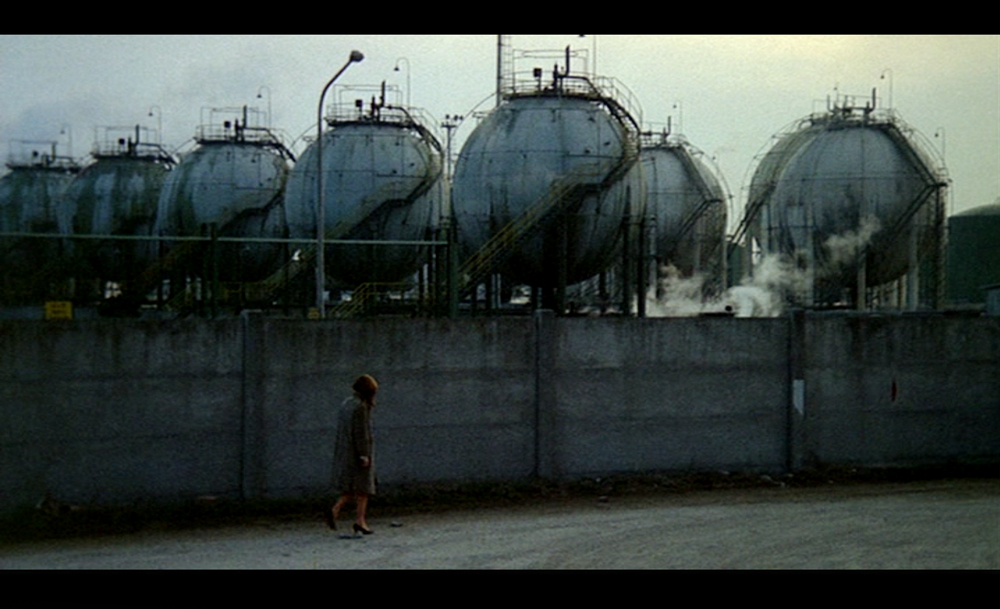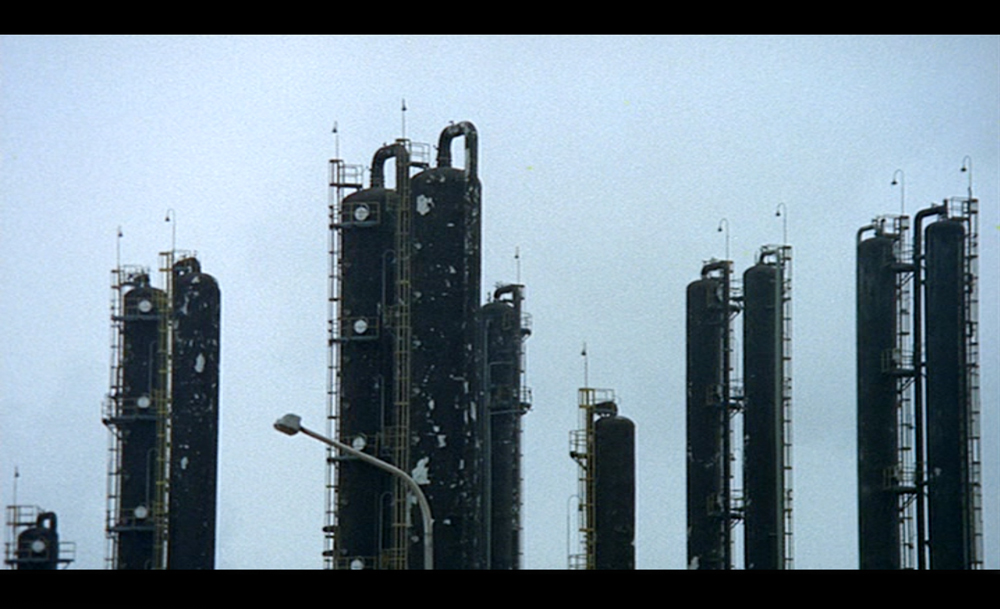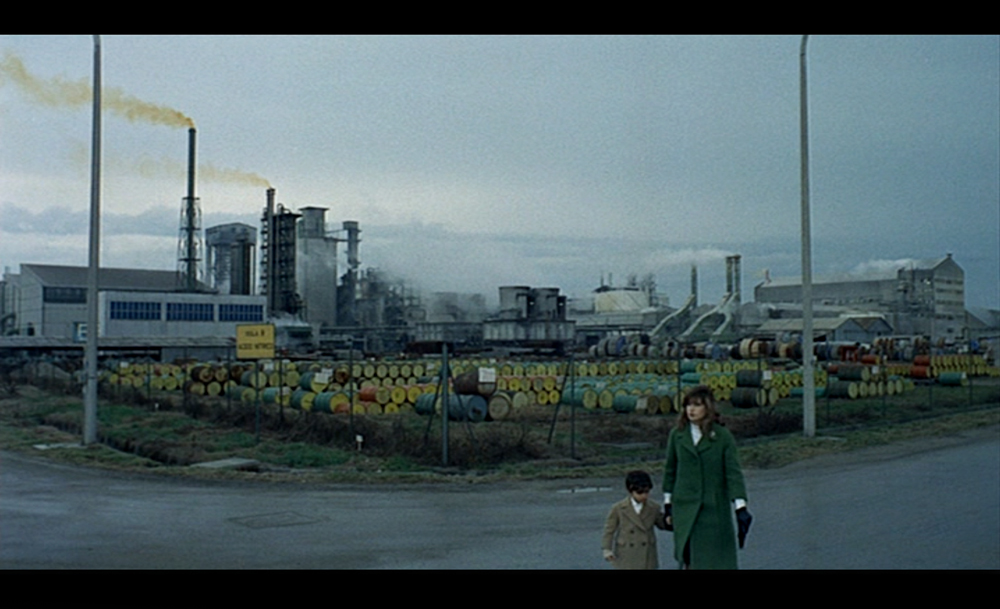Kamil Sobolewski
Artist Feature
Every week an artist is featured whose single image was published by Der Greif. The Feature shows the image in the original context of the series.
Conor Clarke - In Pursuit of ...
May 13, 2015
In Pursuit of the Object, at a Proper Distance Taking on the role of eighteenth century picturesque enthusiast, I planned my journey in advance, seeking out specific destinations around Germany in pursuit of objects and scenes I expected to see, but aimed to fix for myself in picturesque light. Presented here are a series of isolated encounters between the bi-product of industry and nature, between steam and cloud, land and sky. To stand before a tower, to experience the power of steam rushing towards the sky, and the water crashing at its base; the sensation is immense and overwhelming. It is delightful, it's threatening It is powerful, it’s dangerous It is deliciously scary, it's destructive It is horribly pleasing. The rational mind says I should feel guilty for finding beauty in such monstrous objects, so associated with global warming they have come to represent a threat. But this landscape exists in the real world, here is analogue proof. From a position of safety one can enjoy my pictures, as objects of beauty, as pictorial trophies, as evidence of my pursuit through industrial Germany. But pleasure has a sharp realisation when we recall that uncomfortable feeling.
Artist Blog
The blog of Der Greif is written entirely by the artists who have been invited to doing an Artist-Feature. Every week, we have a different author.
Published in:
»Der Greif #8«
Alice in the Cities
May 19, 2015 - Conor Clarke
Alice in den Städten (Alice in the Cities), directed by Wim Wenders (1974) A German black and white road movie that travels through America to Amsterdam, Wuppertal and the Ruhrgebiet. Philip Winter is a disillusioned journalist with no money, writers block and an unexpected nine year old traveling companion called Alice. Before meeting Alice, Philip had been on the road for four months, supposedly writing a story about American life that instead turned into a search for his own identity. He obsessively shoots polaroid pictures of disconnected objects and scenes in an attempt to validate his own experience, to make sense of it. Frustratingly though (for him), the pictures don't justify what he thinks he saw - they leave him unfulfilled, lost, still searching, photographing. Philip and Alice then travel through Germany in search of Alice's family. Although she becomes a financial burden on Philip, they form an unexpected bond. The relationship and search for Alice's grandmother gives him a sense of purpose, one that relieves him of the need to constantly take pictures - experience becomes gratifying enough. This film is one that was not actually recommended to me, but that I was lucky enough to discover when researching the Ruhrgebiet. It's a subtle film about relationships, and the ways in which circumstance and environment affect our identity, whether disorientating or affirming, familiar or strange. The car window frames the varied views through a commercialised America and an industrialised west Germany. There is rarely a pause, no destination, no spectacle. Eventually Phillip learns through his relationship with Alice that everyday life can be a destination too, and it is then he is able to write again. The actors Rüdiger Vogler and Yella Rottländer are brilliant, really convincing. Thanks to Wim Wenders for making this film, easily a favourite. [embed width="1000" height="563"]https://youtu.be/syKxEkLkJdk[/embed]
Paths in the Night
May 18, 2015 - Conor Clarke
Wege in die Nacht (Paths in the Night), directed by Andreas Kleinert (1999) An eerily stunning and haunting film, Wege in die Nacht is about the social and emotional demise of a man who is not able to adapt to life in post-unified Berlin. Walter was once a respected man, a communist, with an important role at a power plant in the former GDR. He is now unemployed; left feeling powerless, frustrated and angry. He appoints himself as keeper of justice with two young recruits (René and Gina). They patrol the trains by night, beating those that assault or insult fellow commuters. It is Walter's way of asserting control over a society he is loosing control of. As he begins to lose grip on reality and rational thought, his marriage falls apart and he slides into a life of drinking and crime until his eventual demise. He is a conflicting character, easy to feel sorry for, but difficult to like. “For me, the most important aspect was the self-esteem of a human being. What happens when someone no longer feels needed, is no longer capable of finding a place for himself in society?” - Kleinert Throughout the film, Walter visits the power plant where he used to work. We are rewarded with stunningly bleak details and vistas from this former functional landscape. It is a desolate scene, the power plant lying partly in ruin - a fitting backdrop for a lonely character falling into a deep depression. The former cooling towers at the plant have become a home to pigeons, and although the towers are no longer active in the film, the scene with the birds reminds me of an experience in Duisburg-Hamborn last year. I watched two birds flying in and out of the steam - they would dive into it, and let the steam lift them up swiftly into the sky. They repeated this over and over for around 20 minutes, it was some sort of a game. I appreciate these moments where industry and nature overlap, adapt. Thanks to Maria Kamutzki for the film recommendation!! Watch the trailer via Filmgalerie 451 here.
Solino
May 16, 2015 - Conor Clarke
Solino, directed by Fatih Akin (2002) The film begins in Solino, Italy in the 1960s, and follows an Italian family as they immigrate to Duisburg, Germany to find work and make a new life. Romano (the father) realises quickly that he can't manage mining work and they decide to open a family pizzeria. We follow their struggle, adjusting to an environment and culture so different from their own. Fatih Akin (the director) immigrated with his family from Turkey to Germany in the 1970s, which is perhaps why the peaks and troughs experienced throughout the film feel so believable, so full of emotion, so human. We experience most of the story through the younger brother Gigi - as he matures and discovers love, photography and film. Through film he learns to see everyday life in industrial Duisburg as something extraordinary. Duisburg is situated in the Ruhrgebiet - an industrial region in west Germany that boasted a booming steel and coal mining industry at the time the film was set. Workers like this Italian family traveled here from all over Europe, contributing to the popular colloquial name for the region - 'Ruhrpott'. The term references the blast furnaces from steel production that light up the sky red at night, and the melting pot of cultures the steel industry has attracted. The film reveals the warmth of the people of the Ruhr, an acceptance of those from different cultures and backgrounds - a salt of the earth kind of attitude. Throughout the film we get a taste for the Duisburg landscape. At one point the brothers clamber up a hill which is later revealed to be a spoil tip - the climbers and we as viewers are rewarded with a view from its peak, of an active steel plant. These days, Duisburg is studded in both active and inactive industrial monuments, recalling the area’s industrial history, one that has changed drastically since the decline in coal mining and steel production after the 1970s. These objects have come to define the cultural identity of the region and its people. I spent quite some time photographing in Duisburg last year, and was lucky enough to be hosted by Insa and Marcus. Marcus has since had an image of the winding tower from the Zeche Zollverein tattooed on his lower leg, such is how strongly he identifies with these objects, and this region. Inactive structures and spoil tips are not wasted and discarded, they are carried into the present and the future through cultural and recreational use - they are utilised by the people. One example is Landschaftspark-Duisburg, a former steel works now lit up on weekends, used as an industrial playground for families, performers, ruin photographers and artists. I asked Insa about how she would describe the indescribable, the meaning of the term 'Ruhrpott Romantik' (the romance of the Ruhr area). She kindly shared her thoughts: 'It is an unashamed appreciation of the region’s industrial history, finding beauty in rusty steel, dirt, things that are not conventionally pretty. It is the kindness and the boldness of the people that matches their environment – functional without frills, but with the legacy of an industry in decline that never loses the will to persevere. I love living here!' Thanks to Marcus and Insa for the film recommendation, and for hosting me in Duisburg on three occasions!! [embed width="1000" height="563"]https://youtu.be/qqRvDeiw_sY[/embed]
An Autumn Afternoon
May 15, 2015 - Conor Clarke
An Autumn Afternoon, directed by Yasujiro Ozu (1962) A quiet portrait of everyday life in middle class Japan. This beautiful and subtle film is minimal and obsessively composed with a limited palette of primary colours set against a monochromatic background. Life here is restricted to home, office, restaurant and bar. At the beginning of the film, we see urban Japan in a sequence of quiet urban scenes - soft white steam drifts from red and white striped chimneys. There are coloured barrel drums, stadium lights and offices blocks. These are views from the windows of the locations in which the characters live, work, eat and drink. It is cyclical, repetitive and often symmetrical. The camera doesn't move at all, there are no pans, just a series of vignettes all shot from a very low camera angle. The characters are almost always centred, entering the frame and speaking at the camera, at the viewer. The story follows Shuhei Hirayama, the gentle widowed father of three adult children (two of whom live with him). It's about his relationship with family and close friends, roles and expectations, ageing, loneliness, joy and loss. Also the traditional vs the modern, and unspoken miscommunications between generations and sexes. Thanks to Rowan Payton for the recommendation! [embed width="1000" height="563"]https://youtu.be/Wq0XhT1SRho[/embed]
Red Desert
May 14, 2015 - Conor Clarke
Hello. Firstly, thanks to Der Greif for the opportunity to share some pictures and films! I'll be sharing a series of screen grabs from films that people have shared/recommended/spoken about after viewing my work 'In Pursuit of the Object, at a Proper Distance'. Needless to say, the films are set amongst largely industrial regions. First is Il deserto rosso (Red Desert) by Michelangelo Antonioni, released in 1964. This carefully composed film is set around a petrochemical factory on the east coast of Italy in the 1960s, Antonioni uses deliberate and controlled use of colour and sound to create a beautifully uncomfortable picture of industrialisation and its social and environmental impacts. He exaggerates the feeling of a world altered by industry, where people wearing dull clothing move about in a functional, monochromatic landscape. Humans appear alien in an environment they are responsible for creating. Industrial progress is inevitable, we must either compromise or suffer. The main character in the film is Giuliana, an anxiety-ridden woman who's unable to adapt. '… The neurosis I sought to describe in Red Desert is above all a matter of adjusting. There are people who do adapt, and others who can't manage, perhaps because they are too tied to ways of life that are by now out-of-date' - Antonioni The landscape appears other-worldly, alive, exotic and fascinating. Colourful structures and smoke cut through the dull scenery; red, yellow and rusty-orange emphasise the beauty and strangeness of this place. '…to translate the poetry of the world, in which even factories can be beautiful. The line and curves of factories and their chimneys can be more beautiful than the outline of trees, which we are already too accustomed to seeing. It is a rich world, alive and serviceable' - Antonioni We view this landscape through Giuliana's eyes, and the discomfort she feels is enhanced by the techniques used during filming. It was shot using cool filters during hostile winter months. Vegetation was often burned prior to shooting, and large areas of land, trees and streets were spray-painted in dirty grey, brown, dull-green or black. '…the law of beauty doesn't lie in the truth of nature' - Antonioni The only unaltered scenery is the fantasy sequence; where Giuliana describes to her son a story of a small girl on an island without people. It is sunny here, with pink sand and crystal clear water. Although this is an imagined place that doesn't exist in Giuliana's reality, the sequence was shot with truth to nature in terms of colour, whereas the daily industrial scenes are highly modified. The island sequence is her idea of an idyllic landscape, of a picturesque Italy. Her daily life however feels claustrophobic, Giuliana feels trapped. Distances are often blocked by steam, smoke, walls or fog, appearing flat, like paintings. The soundtrack enhances this uncomfortable feeling, using recorded industrial sounds, fog horns and an electronic score. They are conflicting sounds, soothing and uncomfortable, repetitive and suddenly shrill, mechanical but at times human-like. They can be disorientating, menacing, but at the same time familiar and grounding. They remind me of my times in the Ruhrgebiet (Ruhr area in west Germany) where I spent a lot of time photographing power and coking plants. The sounds of industry can get into your head, I could still hear them long after leaving the area. The Ruhrgebiet is another idea of otherness, of a post-industrial picturesque. Thanks to Kate Brettkelly-Chalmers for the film recommendation! [embed width="1000" height="563"]https://youtu.be/pMHNRfTPfQE[/embed]

















